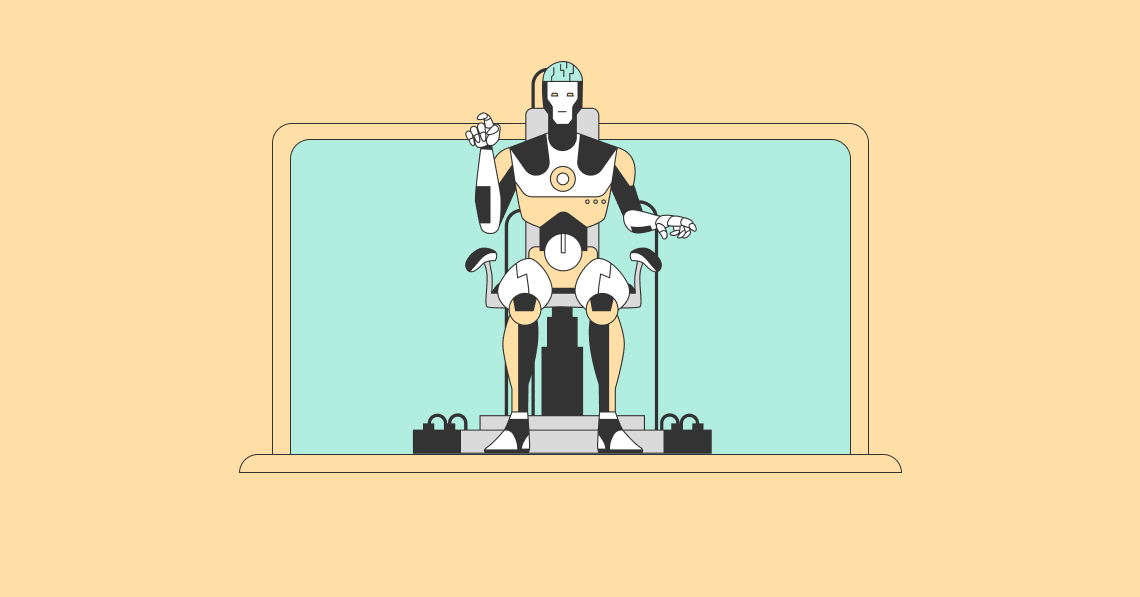The Legal Aid Society has long been a pillar of support for underserved communities, offering a lifeline to individuals who may otherwise have been left without legal representation. While the organization’s efforts are widely recognized for their positive impact on people’s lives, few truly understand the intricacies of how the Legal Aid Society operations are unveiled. The work done behind the scenes is both complex and inspiring, with countless professionals collaborating to ensure justice is accessible to all.
In this article, we will take a deep dive into the inner workings of the Legal Aid Society and explore what goes into delivering these essential services. Whether it’s fighting for tenants’ rights, assisting survivors of domestic violence, or advocating for immigrant communities, inside the Legal Aid Society’s work is a dynamic and multifaceted process that goes far beyond courtroom battles.
The Heart of the Legal Aid Society: Attorneys and Legal Experts
At the core of the Legal Aid Society’s inner workings are its attorneys, who are the driving force behind the organization’s mission. These dedicated professionals are often seen as champions of justice, working tirelessly to represent clients who are facing serious legal challenges. From family law to housing rights, these attorneys cover a broad spectrum of legal issues, providing much-needed counsel and advocacy for vulnerable populations.
However, their role is far from limited to the courtroom. Legal Aid lawyers spend a significant amount of time conducting research, preparing cases, and engaging in negotiations. Each case requires in-depth analysis, strategy, and a personal investment in the outcome. The staff not only helps clients win legal battles but also educates them about their rights, ensuring that individuals are empowered to make informed decisions about their lives.
Behind the scenes, these attorneys rely heavily on paralegals, legal assistants, and volunteers to manage caseloads efficiently. This collaborative approach ensures that every client receives the attention they deserve, even when resources are limited. The Legal Aid Society operations unveiled reveal a complex network of support, all working together toward a common goal: access to justice.
Supportive Services That Make a Difference
While attorneys play a critical role, there’s much more to inside the Legal Aid Society’s work than just legal representation. To truly support clients in overcoming their legal obstacles, the Legal Aid Society offers a range of services designed to address the root causes of many legal issues.
Social workers, counselors, and community outreach specialists work hand-in-hand with legal professionals to provide holistic support. For example, when assisting a survivor of domestic violence, the Legal Aid Society might connect the client to housing services, mental health support, or financial assistance programs. This integrated approach ensures that clients are not only addressing their legal issues but also receiving the necessary resources to rebuild their lives.
This multi-disciplinary model highlights the importance of collaboration. Each department within the Legal Aid Society brings its own expertise, contributing to a more comprehensive service for individuals who often face multiple challenges at once. A look behind Legal Aid services reveals that success is often rooted in a combination of legal intervention and social support.
Advocacy and Outreach: Reaching Those in Need
One of the often-overlooked aspects of the Legal Aid Society’s inner workings is its advocacy and outreach efforts. While many people know about the direct legal services provided, fewer are aware of how the Legal Aid Society actively works to prevent legal issues before they arise. Through advocacy, public education, and community outreach, the organization helps raise awareness about legal rights and promotes systemic change.
A major part of this outreach is aimed at preventing legal crises. Legal Aid often hosts workshops and seminars to educate vulnerable populations on topics like tenant rights, immigration law, and workers’ rights. By equipping individuals with knowledge before legal problems occur, the organization helps reduce the need for reactive legal interventions.
Moreover, the Legal Aid Society operations unveiled show how the organization works with local governments and other nonprofits to advocate for policy changes. Whether it’s fighting for more affordable housing or pushing for stronger protections for immigrant communities, the Legal Aid Society is committed to systemic reform. Their proactive work is integral to creating long-lasting change that benefits not only the individuals they serve but society at large.
Technology and Innovation in Legal Aid Services
The legal landscape is constantly evolving, and so is the way the Legal Aid Society delivers its services. In recent years, technology has played an increasingly important role in enhancing efficiency and expanding access to legal help. From online case management systems to virtual consultations, these tools enable Legal Aid professionals to serve more clients in less time.
Through the use of technology, clients can now access resources and assistance from the comfort of their homes, making it easier for those who may not be able to travel to offices or courthouses. Additionally, Legal Aid’s online presence allows them to reach a broader audience, extending their services to people who may not have otherwise known about the resources available to them.
Innovation is not limited to technology alone. The Legal Aid Society is constantly exploring new ways to streamline processes, improve client experience, and reduce legal barriers. Whether it’s through automation, alternative dispute resolution methods, or creative partnerships, the Legal Aid Society is always evolving to meet the needs of its communities.
Volunteers: The Backbone of Legal Aid
Another integral part of the Legal Aid Society’s inner workings is its army of volunteers. These volunteers often include law students, retired attorneys, and individuals with relevant expertise who lend their time and skills to the organization. They help manage high caseloads, conduct research, and provide crucial support during busy periods.
In many cases, volunteers are trained to handle specific aspects of cases, allowing for more in-depth attention to each client. This volunteer-driven effort not only bolsters the organization’s capacity but also fosters a sense of community involvement and solidarity.
Conclusion
A look behind Legal Aid services reveals an intricate system of attorneys, advocates, support staff, and volunteers working tirelessly to ensure that legal aid is accessible to those who need it most. From offering direct legal representation to pushing for systemic reforms, the Legal Aid Society operations unveiled show how this organization is deeply committed to providing comprehensive and compassionate services to vulnerable individuals and families.
Through innovative approaches, collaborative efforts, and unwavering dedication, the Legal Aid Society continues to empower communities and fight for justice on behalf of those who need it most. The inner workings of the Legal Aid Society might be complex, but they all point toward one central goal: making justice accessible to all, no matter their income or background.




